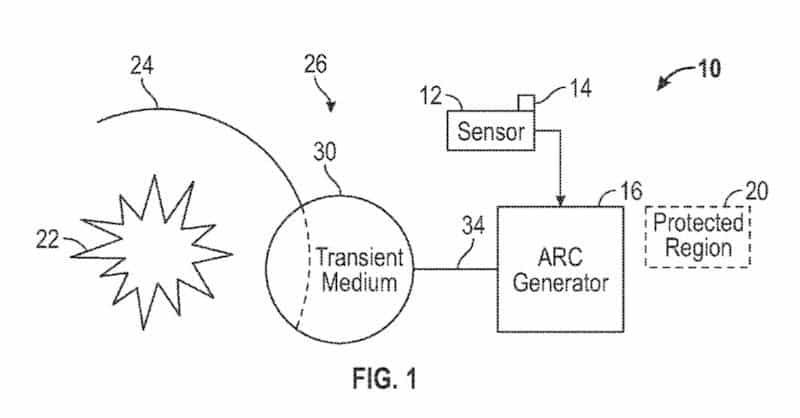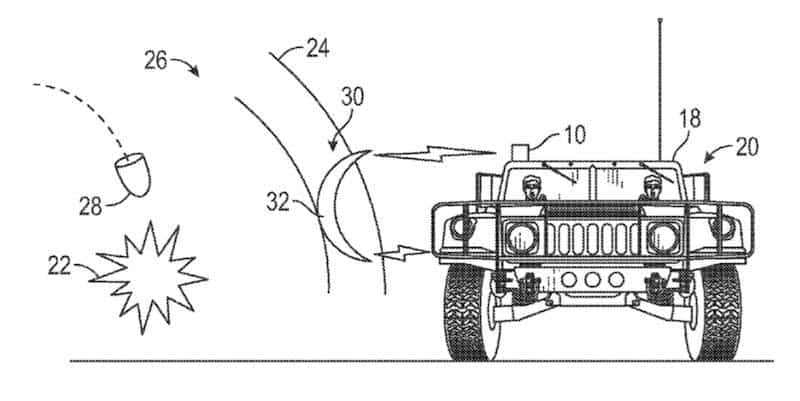Boeing, a major aircraft and military manufacturer, just secured a patent that describes a Star Trek-like force shield, meant to protect vehicles operating in war zones. I love it when engineers are inspired by science fiction – it means that the authors really did a great job, not only at foreseeing the future, but also in offering the incentive to bring these sort of contraptions to real life.
A Star Wars force shield might be an overstatement though. The patent, called “Method and system for shockwave attenuation via electromagnetic arc,” reports how the system in question might deflect shock waves. This means it can’t shield against matter, like flying bullets or shrapnel. When a wave moves faster than the speed of sound in a liquid, gas or plasma it is a shock wave. This is characterized by nearly discontinuous change in pressure, temperature and densityof the medium. This disturbance means that shock waves are essentially energy carriers, and if you’re unfortunate enough to be near a blast shock waves might even kill you.
So, while the design isn’t meant for bullets, the fact that it might work for shock waves is impressive in itself. Here’s how it works: sensors first detect an incoming blast, then send this information to an arc generator which ionizes the air around the target to produce a plasma field. This field is distinct in temperature, density and/or composition from the surrounding medium, and this way it acts as a buffer between the shock wave and vehicle, absorbing some of the incoming energy.
According to the patent, “The arc generator may create the second medium by creating an electric arc that travels along an electrically conductive path utilizing at least one of high intensity laser pulses, pellets forming a conductive ion trail, sacrificial conductors, projectiles trailing electrical wires, and magnetic induction”.
“Such embodiments as described above may reduce the energy density of the shockwave by creating a second medium in the path of the advancing shockwave that reflects, refracts, absorbs and deflects at least a portion of the shockwave,” the patent reads.
Although the patent uses a vehicle for its case study, the technology could very well work for submarines as well since the arc generator could ionize water as well. Check out the full patent details and specs below.





